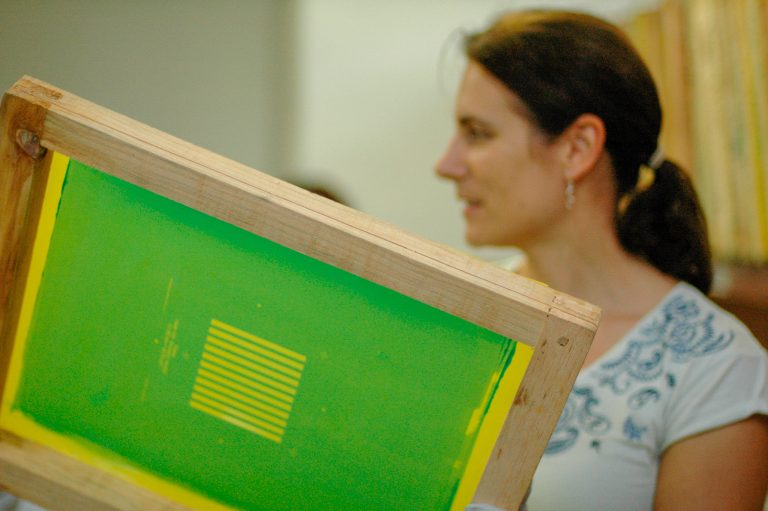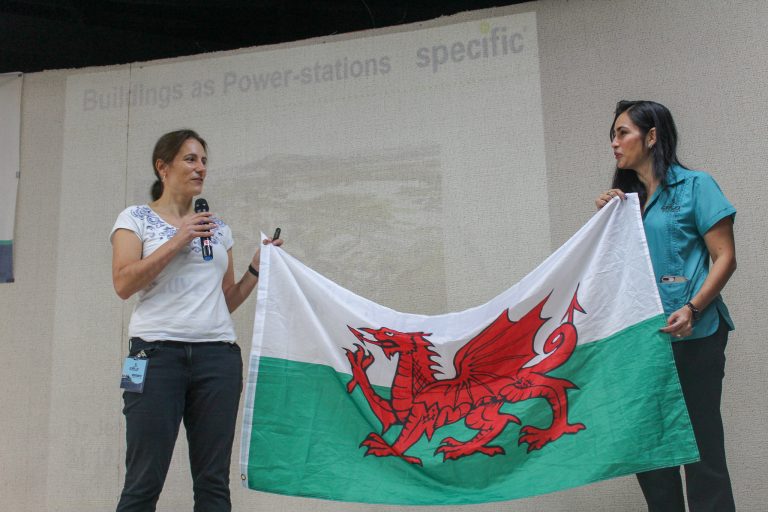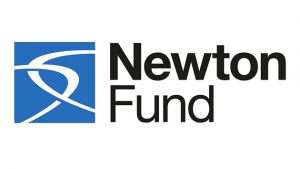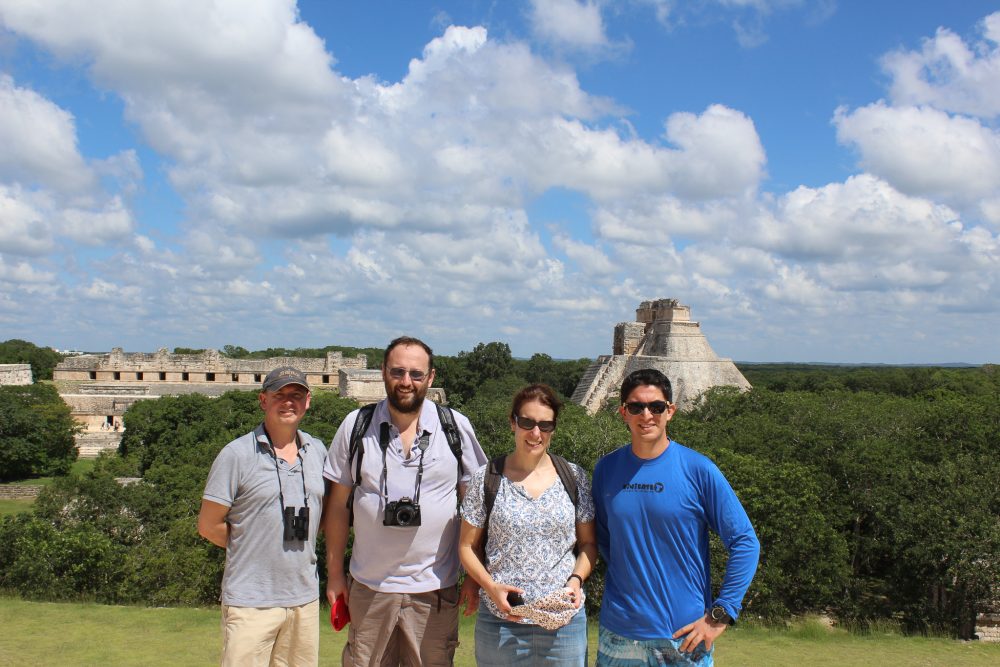Background
In 2017 the photovoltaic groups at Swansea University (SPECIFIC IKC) and CINVESTAV, Merida were awarded a Newton Fund grant, funded by the UK Department for Business, Energy and Industrial Strategy and CONACYT-SENER and delivered by the British Council. The 12-month project started in March this year with an overarching objective of assessing the viability of using the existing textile industry infrastructure in Merida to manufacture low-cost screen-printed photovoltaic modules.
The core team includes Prof Trystan Watson, Dr Jenny Baker, and Simone Meroni from SPECIFIC IKC (Swansea University), and Prof Gerko Oskam, Dr Dena Pourjafari, and Renán Escalante from CINVESTAV, Merida. Several bi-directional researcher exchanges have already taken place to expedite knowledge transfer regarding manufacturing processes for mesoporous carbon electrode perovskite solar cell technology from the SPECIFIC IKC to CINVESTAV. This is to ensure there is an embedded local source of scientific and technical expertise available to support companies collaborating with the project to convert from printing graphics to functional electronic materials.
Earlier this year, I was honoured to be co-opted to the Newton project to support the technology transfer activity through my role as Royal Society Entrepreneur in Residence at Swansea University. Furthermore, the project aligns well with the vision of the SUNRISE network: to grow local capacity in solar energy materials and bring locally-manufactured, affordable solar power to rural communities.
In October, we (the Swansea team) visited our partners in Mexico to review project progress, plan future activity, and to undertake outreach activities with relevant local industry partners and a cohort of enterprising teenagers…
Day 1: Project Review – CINVESTAV
During the first day both teams updated each other with news and progress reports. Plans were reviewed for the remainder of the week and a tour of the CINVESTAV facilities was undertaken to compare and contrast capabilities with those available at SPECIFIC IKC.
Day 2: School Outreach – CELA (Centro de Estudios de las Américas)
The visit to a local high-school was remarkable and a highlight of the trip for me. Dr Jenny Baker presented to a cohort of over 100 16-18 year old pupils, engagingly communicating the SPECIFIC IKC vision of ‘buildings as power stations’ and introducing the ‘mesoporous triple-stack perovskite solar cell’ technology. After a Q&A session where the pupils demonstrated very insightful critical thinking, enthusiasm for the topic, and command of the English language, we moved on to the art classroom which was equipped with screen-printing equipment. The pupils were then provided with written instructions and practical support to print their own triple-stack, screen-printed module design.




Day 3: Industry Engagement
The morning was consumed with a very productive meeting at CINVESTAV with representatives from local screen-printing and laser machining companies – the key elements of the supply-chain needed to fabricate carbon perovskite solar modules. Dena and Renan from CINVESTAV introduced the technology, outlining the in-house mini-module fabrication processes and device characterisation methods. This was followed by a lively exchange regarding the skills and capabilities available in the companies that could be harnessed for the project.
After a networking lunch, we visited the premises of screen-printers Serigrafía e Impresos where we observed that the facilities and equipment were almost identical to those we had witnessed the previous day at the school. One noticeable difference however was the very high precision which the operators were able to repeatedly produce even when printing multiple layers on a flexible substrate! It was something to behold and my initial assessment is that with the support of this Newton project, they will have no problem achieving the required registration needed to print solar modules to a similar specification to those currently being produced in our labs.
In the early evening, the Swansea and CINVESTAV teams held a wrap-up meeting, evaluating the workshops and industry engagement, reviewed progress against project targets, and agreed plans and milestones for the next stage of the project.


Conclusion
There is no doubt that the visit was extremely productive in terms of achieving the many of the project deliverables and I believe that it was demonstrated that the core set of electronic materials needed to construct a perovskite solar module could be readily printed using the infrastructure already available. What was particularly exciting were the offline discussions I had with the CINVESTAV team regarding the commercial opportunity, possible through a spin-out or joint venture, to produce the electronic materials that would be needed to facilitate and support a screen-printed solar module industry. I am looking forward to working with them over the remainder of the project to scope this idea and outline a business plan.
By Adrian Walters, IP & Project Manager for SUNRISE

This work was supported by an Institutional Links grant, ID 332397170, under the Newton-Mexico Fund partnership. The grant is funded by the Department for Business, Energy and Industrial Strategy in the UK, CONACYT-SENER in Mexico and delivered by the British Council.
The Newton Fund builds research and innovation partnerships with 17 active partner countries to support their economic development and social welfare, and to develop their research and innovation capacity for long-term sustainable growth. It has a total UK Government investment of £735 million up until 2021, with matched resources from the partner countries.
The Newton Fund is managed by the UK Department for Business, Energy and Industrial Strategy (BEIS), and delivered through seven UK delivery partners, which includes UK Research and Innovation (comprising the seven research councils and Innovate UK), the UK Academies, the British Council and the Met Office.
For further information visit the Newton Fund website (www.newtonfund.ac.uk) and follow via Twitter: @NewtonFund.



